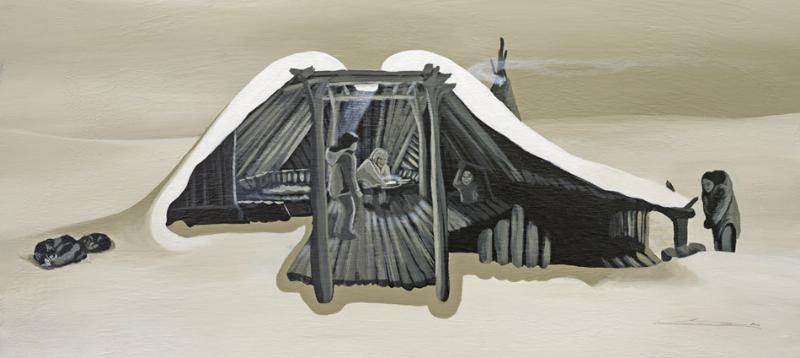




































Dale Hodgins wrote:I live in Canada's most mild climate. Still, I would not consider earth bag construction, due to it's poor thermal performance.
Straw bale construction and cordwood have been done successfully in eastern Canada. They are both suited to the climate and available resources.









Steve Harvey:
"An earth bag house is a giant thermal mass, which would provide radiant heat in conjunction with some type of radiant heater like a rocket mass heater or masonry heater."
Glenn Herbert:
An earthbag house is a giant thermal mass which if exposed to outside air will stabilize halfway between interior and exterior temperatures. It will constantly suck heat out of your space and make cold radiant surfaces to compete with warm surfaces of a mass heater. If it has a good insulation layer on the outside, it will be a good tempering mass and help make your space comfortable.
People who lived in sod dwellings likely had much more tolerance for cold than we do, and had effective means for dealing with it like tiny spaces with a bunch of people.
I understand yurts for cold weather would have layers of felt or other insulating materials, not one layer of canvas.









 1
1




Do it.
 1
1




 1
1




Do it.

|
Nothing up my sleeve ... and ... presto! A tiny ad:
Learn Permaculture through a little hard work
https://wheaton-labs.com/bootcamp
|




